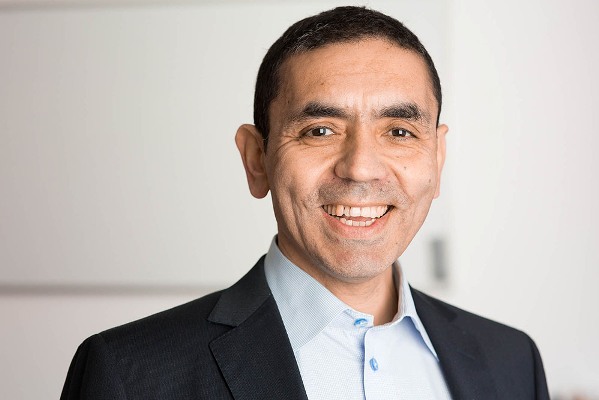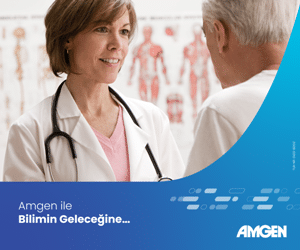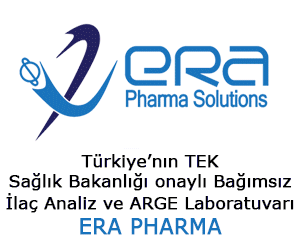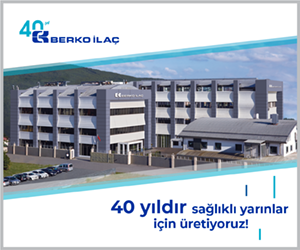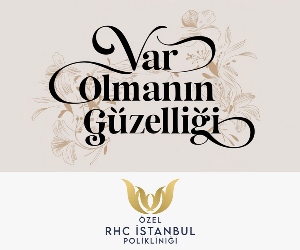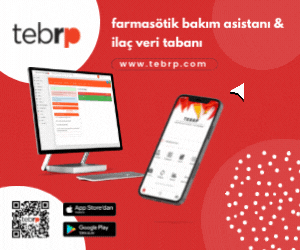Corona virüsünün karşılabilecek en kötü salgın olmadığını belirten Prof. Dr. Şahin, gelecekteki pandemilerin çok daha yıkıcı olabileceğini, hazır olmanın bu noktadaki en kritik konu olduğunu vurguladı. Dünyanın hala aşı dozlarına ulaşmayı beklediğini söyleyen Şahin, “İlaç üreticileri ve hükümetlerin amacı, aşı geliştirildikten sonra tüm dünyayı üç ay içinde aşılayabilecek bir üretim kapasitesine ulaşmak olmalıdır” dedi.
Sözcü:Prof. Dr. Şahin, “Dünya üzerindeki nüfusa yetecek kadar doz üretecek kapasiteye sahip değildik. Bunun değişmesi gerekiyor. Yalnızca hızlıca aşı geliştirmek için değil, yeterli aşı üretmek için de hazır olmamız gerekiyor” ifadelerini kullandı.
Gerek üretim kapasitesinde yaşadığı sıkıntılar, gerek yan etkilerle ilgili endişeler nedeniyle AstraZeneca aşısı Avrupa’daki teslimatlar konusunda geriye düştü. Bu noktada Pfizer-BioNTech aşısı bir kez daha ön plana çıktı. Pfizer-BioNTech’in yılın ikinci çeyreğinde AB’de 400 milyon doz aşıda pay sahibi olması bekleniyor. tamamı için kaynağa bknz.
tam 1 yıl önce:
One year after the pandemic: The path from darkness into light
Published on March 13, 2021
Ugur Sahin
Professor for Translational Oncology and Immunology at University Medical Center Mainz
This past week, we shared real world evidence on the efficacy of our vaccine from an observational study conducted in Israel. The results: 14 days after the administration of the second dose the vaccine effectiveness was at least 97% in preventing symptomatic COVID-19 disease, hospitalizations, severe and critical hospitalizations, and death. This study also demonstrated a vaccine effectiveness of 94% against asymptomatic SARS-CoV-2 infections. These findings are important in many ways.
First, the strong efficacy against symptomatic #COVID19, which was observed in our phase 3 clinical trial, has been confirmed, and the vaccine effectiveness has been validated in a real world setting.
Second, the study extended evidence for the efficacy of our vaccine to the SARS-CoV-2 variant B.1.1.7 (which was first detected in the U.K.). At the time the data was generated, this variant was the dominant strain in Israel, and is currently the fastest spreading variant in many regions of the world, including Europe. The variant B.1.1.7 appears to also have a higher transmission rate, and seems to be associated with a higher hospitalization and death rate.
Third, the data show a reduction of asymptomatic infections indicating that our vaccine can prevent infections and transmissions of the virus. This could help prevent infected individuals from unknowingly passing the virus to uninfected individuals.
Finally, the real world data show that the vaccine is reducing hospitalization and is saving lives. Decreasing mortality rates reported from the U.K. and the U.S. corroborate these observations as well.
It is truly encouraging to see life in Israel slowly return to normalcy. It is our belief and hope that this will also happen in other countries by end of summer 2021 – especially with more vaccines becoming available upon regulatory approval.
How were all of these milestones achieved just one year after the declaration of the pandemic by the WHO?
Our journey started on a Friday evening in late January 2020 when we realized that a virus outbreak – seemingly far away in China – would become a global pandemic and would place our world as we knew it at risk.
Against all odds, we decided to reallocate substantial company resources and start a COVID-19 vaccine development program, ‘Project Lightspeed’. With science as our compass, Project Lightspeed was built on our relentless efforts to minimize development times without taking any shortcuts. We trusted in the abilities of our outstanding team to solve challenges in real-time, and that science will guide us.
Tasks – usually done sequentially – were done in parallel. We eliminated idle periods. Experiments were not paused and teams worked day and night, thanks to 24/7 coordinated shifts which were part of an agile team set-up. We were in constant dialogue with regulators to enable fast review and response cycles. This allowed us to generate more than 20 mRNA vaccine candidates, compare them in a battery of preclinical studies, produce clinical trial materials, prepare reports and clinical trial applications, receive feedback from authorities, respond to requested changes, set up clinical trial sites, and start clinical testing of multiple vaccine candidates in less than three months.
Grand global challenges require great international partnerships based on complementary skills, trust and shared values – this is why we asked our colleagues from Pfizer to join us initiating the first US clinical trial in May. Ten months after the initiation of Project Lightspeed we had jointly selected BNT162b2 as candidate for phase 3 clinical trials and demonstrated its safety and strong efficacy in humans. BNT162b2 is the first authorized mRNA drug ever, and was the first with proven efficacy as a COVID-19 vaccine that has been authorized for human use across the globe. This was a victory for science, technology, innovation and our global collaborative effort.
Our goal from the very beginning was to enable a global supply of our COVID-19 vaccine
As of today, we’ve received approval or authorizations for our vaccine in more than 65 countries and regions, including the U.K., the U.S., the EU, and Japan. The WHO issued its first emergency use validation for our vaccine representing 92 low and lower middle income countries. With our partner Fosun we have also conducted clinical trials on our vaccine in China as well. And, we have now supplied more than 200 million doses to the world, including low-and lower middle income countries through COVAX. COVAX is one of three pillars of the Access to COVID-19 Tools (ACT) Accelerator, which was launched in April by the World Health Organization.


